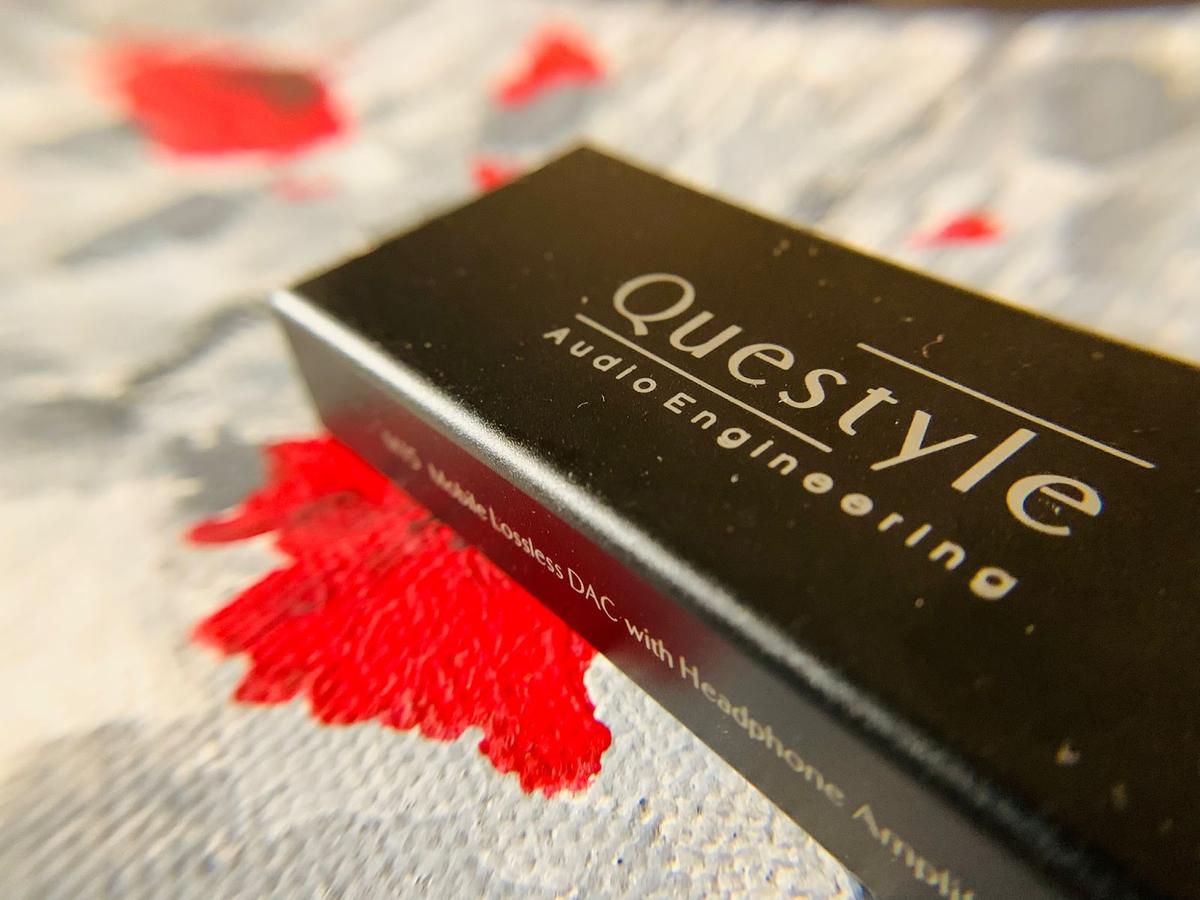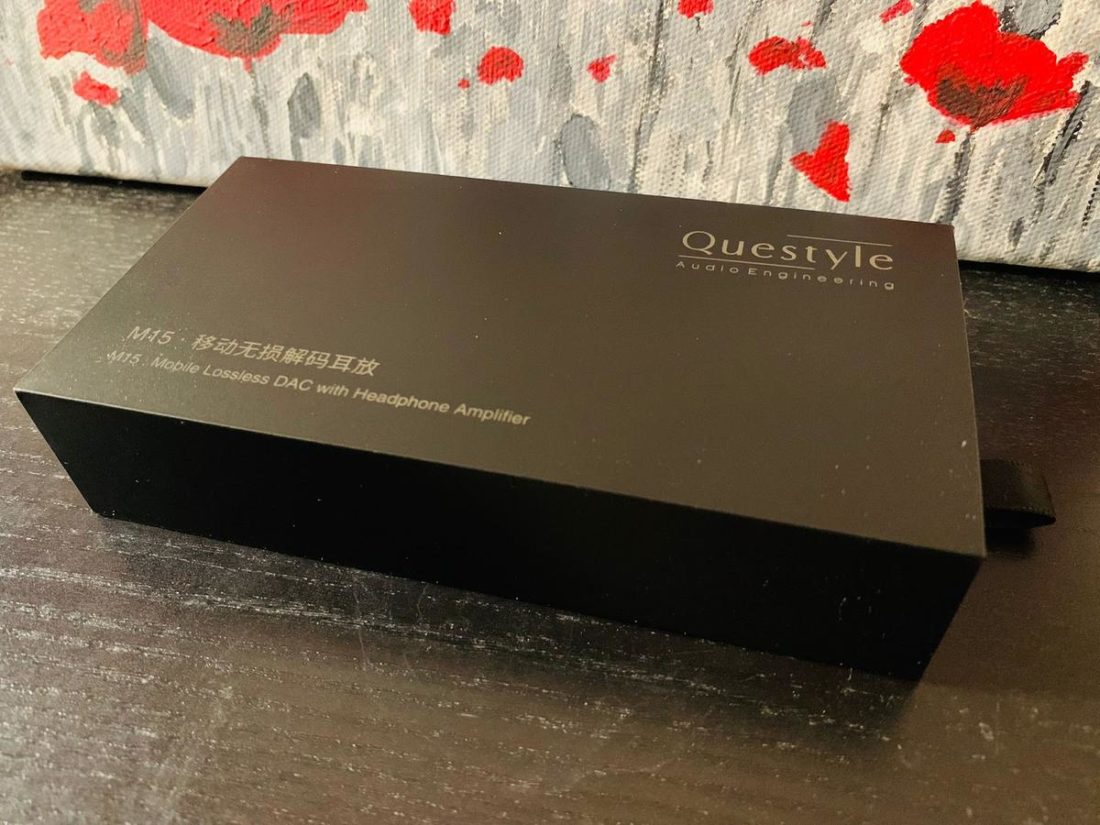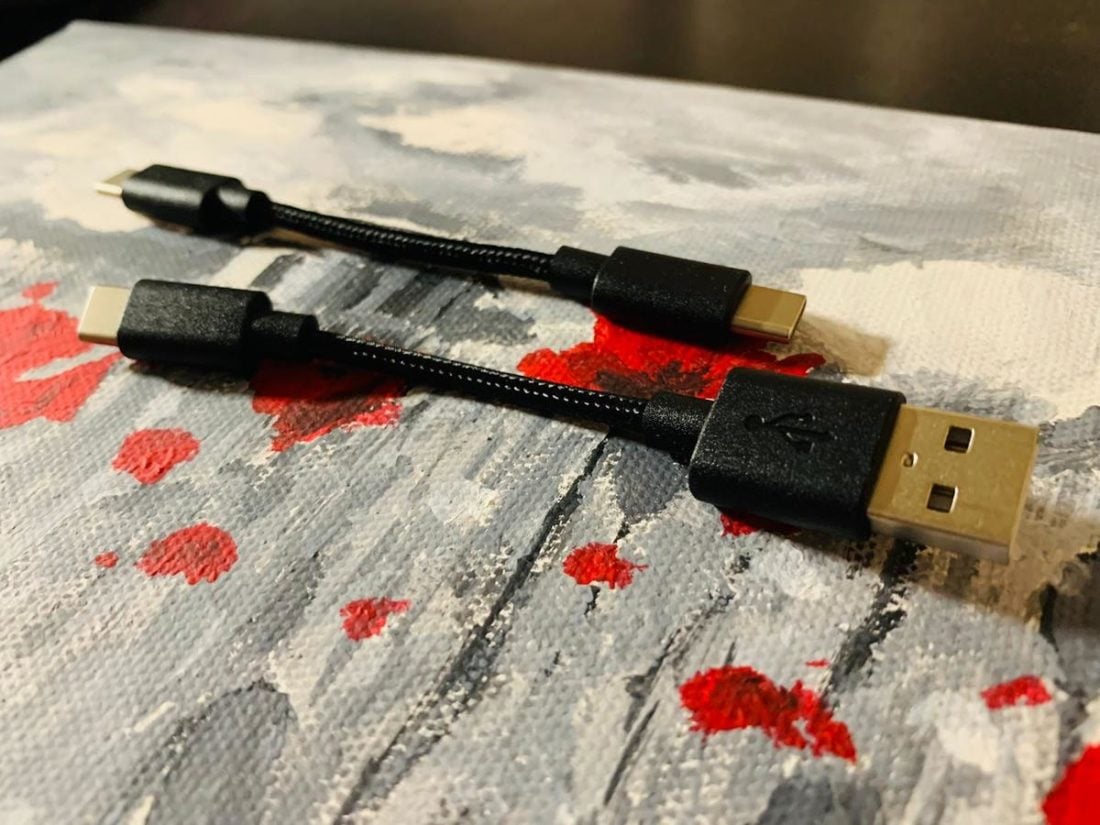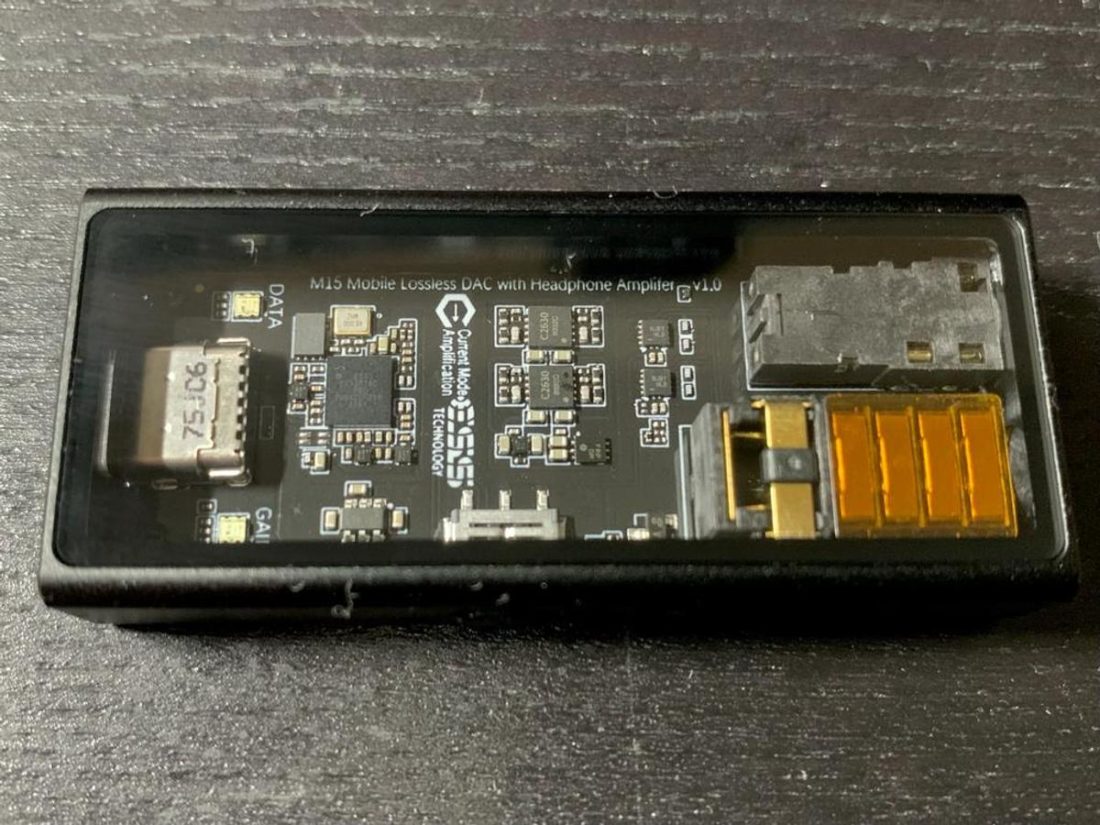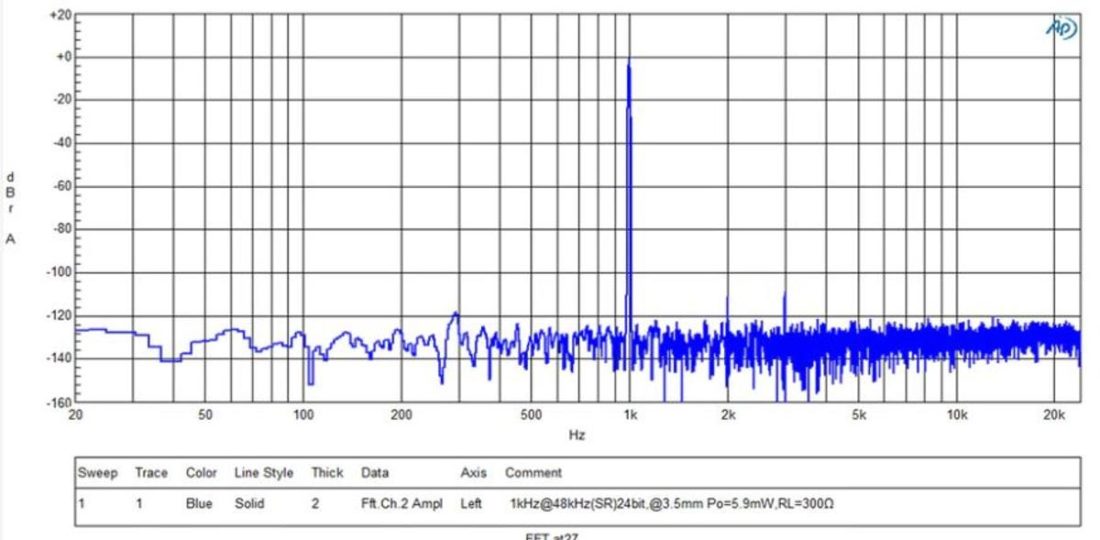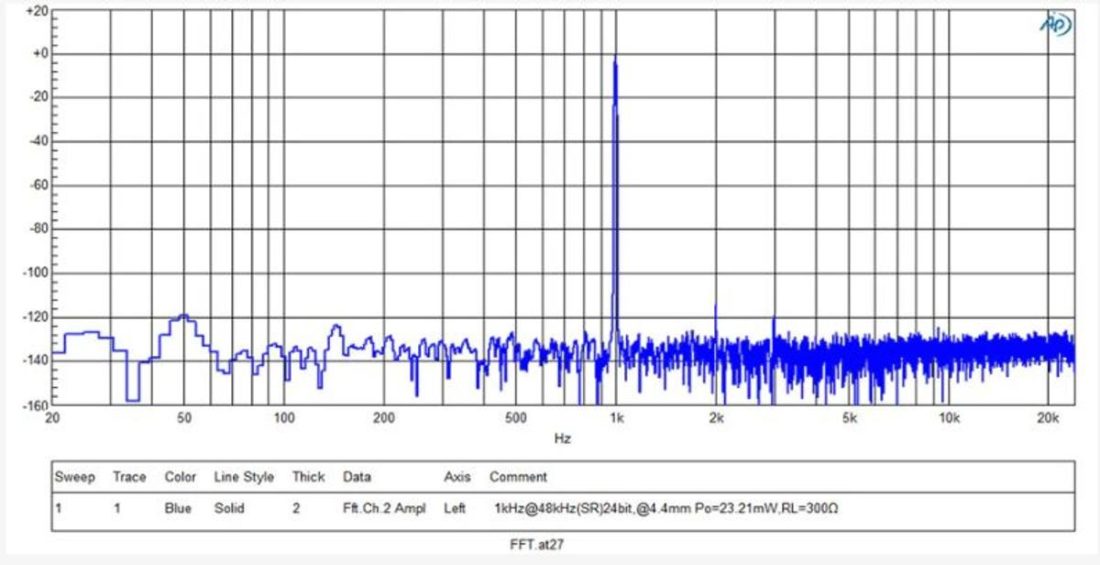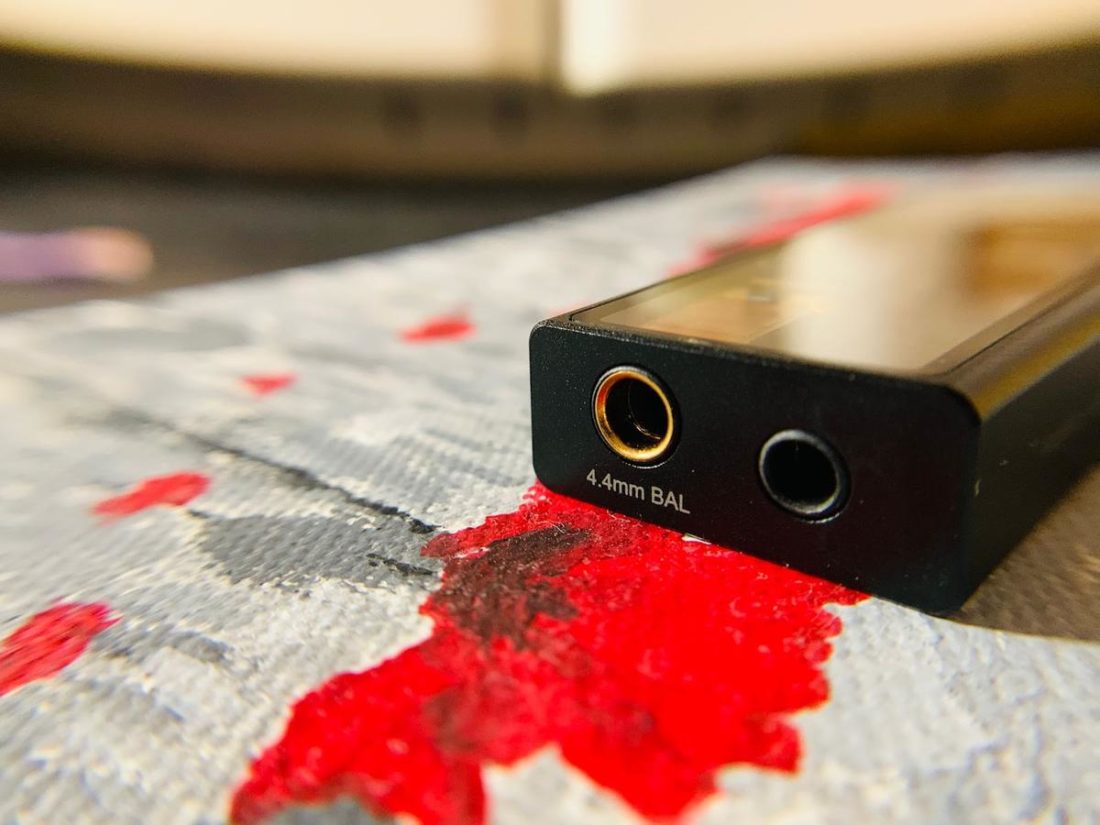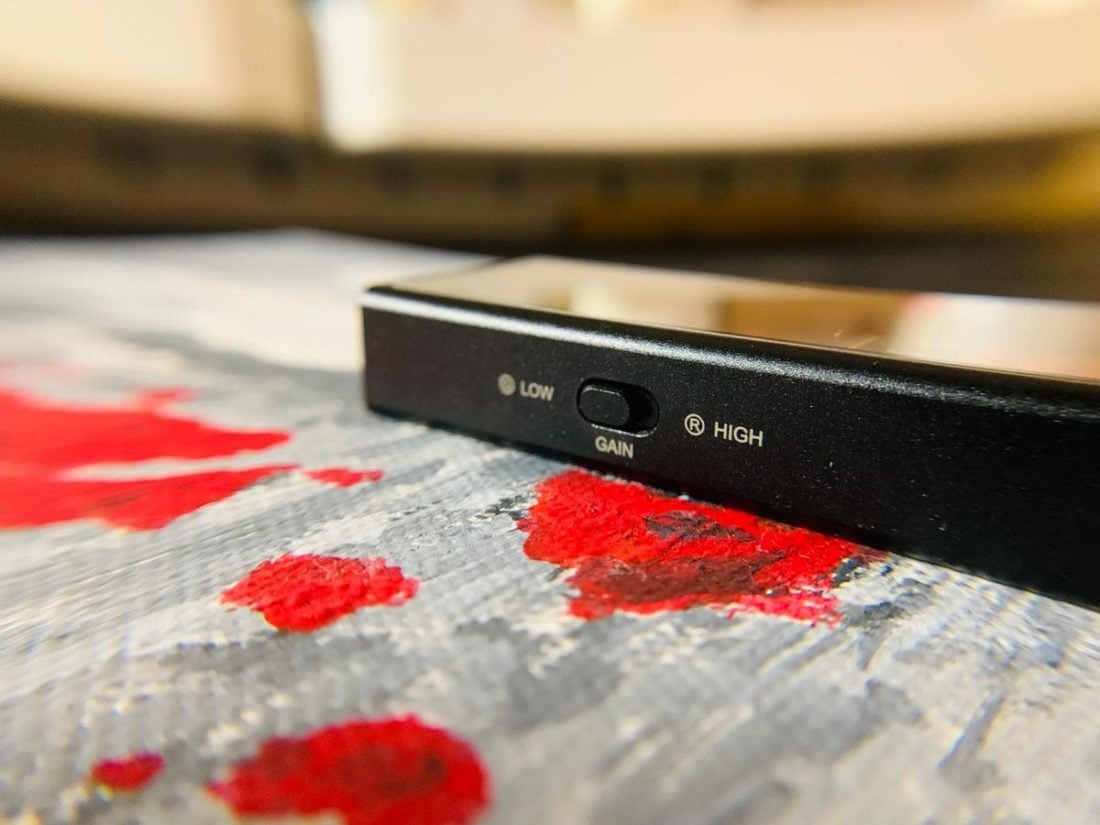Ranging from from sub USD$10 to a few hundred bucks, dongle DAC/amps are dime-a-dozen nowadays, and are a favorite portable source for audiophiles who do not want to lug a DAP on-the-go. As well as pairing them with phones and DAPs, dongles can be plugged into laptops and desktops too, so they are a pretty versatile source for music, gaming, and online meetings. There is no doubt that portability is their forte, but can dongles rival desktop setups and DAPs for sonic fidelity? Are there compromises to be made when using a dongle? Does size really matter? Today we will check out Questyle’s flagship dongle, the M15. Hopefully, this nifty dongle synergizes portability with excellent sonics!
Company Overview
Questyle was founded in 2012 and is based in Shenzhen, China. Questyle focuses on mobile and wireless audio solutions and has been awarded various international industry prizes, such as the CES Innovation Award, iF Industrial Design Award, and VGP Lifestyle Award (just to name a few). Some excellent products in their stable include the Questyle M12 dongle, desktop sources such as the CMA 15, CMA400i and CMA 12, and DAPs such as the QP2R and QPM.
Technical Specifications
Form: Portable DAC/amp (dongle) Removable Cable: Y (USB-C) DAC chip: ES9281AC (ESS flagship chip) Decoding format: PCM: 32kHz – 384kHz (16/24/32Bit), DSD64 (1Bit 2.8MHz) , DSD128 (1Bit 5.6MHz), DSD256 (1Bit 11.2MHz) Source Jack: 3.5mm single-ended and 4.4mm balanced Output impedance: 3.5mm: 0.96 ohm, 4.4mm: 1.22 ohm THD+N%: 0.0003% Frequency Response (Hz): 20 Hz – 20 kHz Output: 3.5mm: RL = 300Ω, Po =1 1.97mW, Vout(Max) = 1.895Vrms,THD+N=0.00045% 4.4mm: RL = 300Ω, Po = 22.60mW, Vout(Max) = 2.624Vrms, THD+N=0.00057%
Packaging
In the box
Questyle M15 dongle DAC/amp USB Type-A to USB Type-C cable Type-C to Type-C cable
Questyle is offering a complimentary leather case with the M15 for purchases made on or before May 31, 2022.
Design/Compatibility
The M15 is rectangular and is fashioned from CNC (computer numeric control) machined aluminum. Build is very solid. The M15 measures 61.8 mm X 27.2 mm X 12 mm, which is admittedly quite large for a dongle. On one side, there is a transparent glass screen to see the innards of the dongle (this is a boon for the techies here!), and the other sides are covered in jet-black metal. The base of the dongle features Questyle’s logo. On one end of the dongle, there is a USB-C female connector, and on the opposite end, lies the 3.5 mm/4.4 mm output, making this device compatible with single-ended and balanced gear. The M15 is meant for plug-and-play usage, and is advertised to be compatible with:
Android: Android 5.0 and above PC: Win10 1803 and above Apple phones: iOS (as mentioned, one will need to get an aftermarket OTG cable for Lightning to Type-C) Apple computer: Mac OS
I am not an Apple user, but had no issues pairing Windows 10 desktops and laptops with the M15, with no driver installation required. For those using legacy or older hardware, you may want to email Questyle to check whether you might run into compatibility issues. As of the time of writing, Questyle has released a firmware update (FW 9086 to 9277) to increase compatibility with older Apple and Android phones, found here. Indeed, when I first tried this dongle with an ancient Vivo Y15 phone, it could not recognize the M15; thankfully, post update, everything went off without a hitch. Questyle advertises that the M15 is compatible with multiple music streaming platforms, including Apple Music, Tidal, and QQ Music. In addition, the M15 fully supports and decodes ALAC, FLAC, MQA, and other lossless formats, making this an extremely versatile beast. Indeed, the M15 can handle demanding audio rates of up to PCM384kHz/32bit and DSD256. Gain switches are found on the side of the dongle, and can be manually adjusted, unlike its predecessor, the Questyle M12. The low gain setting is more apt for high sensitivity and/or low impedance gear, whereas the high gain option can be tried for more demanding transducers, such as low sensitivity/high impedance sets, or outliers like planars. Unfortunately, there are no independent volume controls on the M15, but this is just a small nitpick in the big scheme of things, as one can fine-tune the volume on the upstream source it is connected to. However, it behooves the user to check the volume level on the connected source before starting the music!
Internals
The M15 utilizes an ESS ES9281AC DAC chip, which is their erstwhile flagship DAC. Within the M15 are four patented Current Mode Amplification engines. A really cool point to note, is that the M15 gets only minimally warm when used on high gain/balanced mode with demanding gear, which is nothing to sniff at considering the amount of power on tap. In contrast, the Colorfly CDA M1, a rival with a similar 4.4 mm/high gain setting, gets way hotter with extended usage. The M15 boasts some superb objective measurements. It has an ultra-low distortion of THD + N of 0.0003% and an impressively low noise floor.
Questyle M15 Sound
The M15 effortlessly powers high sensitivity IEMs all the way to the notoriously demanding Final E5000; 300-ohm gear also pass the test with flying colors. The infamous Final E5000 can sound bloated and nebulous in the bass when not powered well, but the M15 tackles this beast with aplomb! I’m glad to report that the M15 has no hiss with highly sensitive transducers and has a very silent and dark background. When paired with fussy low impedance gear (based on the rules of eights), the M15 does not skew the frequency response, due to its low output impedance (3.5mm: 0.96 ohm, 4.4mm: 1.22 ohm). Putting the M15 through its paces with some of my daily drivers, such as the Sony IER-M9, Sony XBA-N3, Tanchjim Oxygen, BQEYZ Autumn, Final E5000, Audiosense T800, Moondrop KATO, and the LZ A7, these transducers sounded uncolored, with their house signatures (and quirks) faithfully reproduced. Some dongles may suffer from sub-bass and higher treble roll-off, but the M15 faces nothing of the sort, with excellent extension at both ends. On frequency tests, bass reaches down to 20 kHz (assuming one has a transducer that can reach this low), and bassheads worth their salt will enjoy the visceral rumble this dongle can generate. Bass is fast, controlled, and clean, with excellent texturing and speed. The midrange is lush and natural, yet detailed, while the timbre is organic and authentic. Mid-lovers will have a field day with the cliche of new details being heard in the music with the M15. This dongle has a very well-implemented ESS DAC chip, with no dreaded “sabre glare” in play. Treble is crisp, well extended with good air, yet smooth and fatigue-free. The soundstage is spacious in all three dimensions, and layers of music can be heard, especially when paired with a technically-proficient transducer. Imaging, transients, dynamics, micro-details, clarity, and instrument separation are top-notch and are highlights on this dongle. In fact, the M15 beats my previous favorite dongle, the Colorfly CDA M1 in the technicalities department, which we will talk about below.
Comparisons
The Colorfly CDA M1 is another neutral dongle that has gain settings and 3.5 mm/4.4 mm output options. The CDA M1 can likewise power high sensitivity/low impedance gear all the way to demanding planars, but is less technically adept, losing to the M15 in imaging, micro-details, and instrument separation. The CDA M1 also has some sub-bass roll-off, which is not present in the M15. Of note, the CDA M1 gets much hotter than the M15, albeit it has slightly more power and headroom than the Questyle M15, with a 4 Vrms output on the 4.4 mm balanced connector. The CDA M1 is cheaper and smaller in profile, but if one has the extra coin, I recommend the M15 due to the improved technical performance and less heat generated.
Where to Buy
Questyle shop
Conclusion
Liquid gold describes the M15 aptly, with musicality meeting technicality. It is a sound investment (pun intended) for those looking for a portable and well-rounded source. From high sensitivity/low impedance fussy IEMs, all the way to low sensitivity/high impedance beasts, the M15 can handle everything with ease. The build is solid, there’s more than sufficient power on tap, and it does not get noticeably warm with usage. The M15 is compatible with various file formats and devices, making it very versatile. I also appreciate that there are gain settings and single-ended/balanced connectors on offer and it is hiss free with a dark background. Technicalities are a major highlight, coupled with a very neutral tuning that does not add unnecessary coloration. What more can one want in a dongle? Well, nothing is perfect, although the M15 is very close to achieving it. Some small nitpicks are that there is no independent volume control, the dongle is rather large, and possibly some rivals may pump out slightly more power. But those are areas I can overlook, considering the other overwhelming benefits that the M15 brings to the table! In essence, liquid gold awaits the listener. This dongle is highly recommended, and getting one may possibly future-proof your source chain for some time to come!
